LANGE USMLE ROAD MAP GROSS ANATOMY
JAMES S. WHITE, PHD
Adjunct Assistant Professor
of Neuroscience and Cell Biology
Robert Wood Johnson Medical School
University of Medicine and Dentistry of New Jersey
Piscataway, NJ
Adjunct Associate Professor
of Cell Biology
School of Osteopathic Medicine
University of Medicine and Dentistry of New Jersey
Stratford, NJ
Adjunct Assistant Professor of Cell and Developmental Biology
University of Pennsylvania School of Medicine
Philadelphia, PA


Copyright 2003 by The McGraw-Hill Companies, Inc. All rights reserved. Except as permitted under the United States Copyright Act of 1976, no part of this publication may be reproduced or distributed in any form or by any means, or stored in a database or retrieval system, without the prior written permission of the publisher.
ISBN: 978-0-07-143555-0
MHID: 0-07-143555-7
The material in this eBook also appears in the print version of this title: ISBN: 978-0-07-139921-0, MHID: 0-07-139921-6.
All trademarks are trademarks of their respective owners. Rather than put a trademark symbol after every occurrence of a trademarked name, we use names in an editorial fashion only, and to the benefit of the trademark owner, with no intention of infringement of the trademark. Where such designations appear in this book, they have been printed with initial caps.
McGraw-Hill eBooks are available at special quantity discounts to use as premiums and sales promotions, or for use in corporate training programs. To contact a representative please e-mail us at bulksales@mcgraw-hill.com.
Notice
Medicine is an ever-changing science. As new research and clinical experience broaden our knowledge, changes in treatment and drugt herapy are required. The authors and the publisher of this work have checked with sources believed to be reliable in their efforts to provide information that is complete and generally in accord with the standards accepted at the time of publication. However, in view of the possibility of human error or changes in medical sciences, neither the authors nor the publisher nor any other party who has been involved in the preparation or publication of this work warrants that the information contained herein is in every respect accurate or complete, and they disclaim all responsibility for any errors or omissions or for the results obtained from use of the information contained in this work. Readers are encouraged to confi rm the information contained herein with other sources. For example and in particular, readers are advised to check the product information sheet included in the package of each drug they plan to administer to be certain that the information contained in this work is accurate and that changes have not been made in the recommended dose or in the contraindications for administration. This recommendatio is of particular importance in connection with new or infrequently used drugs.
TERMS OF USE
This is a copyrighted work and The McGraw-Hill Companies, Inc. (McGraw-Hill) and its licensors reserve all rights in and to the work. Use of this work is subject to these terms. Except as permitted under the Copyright Act of 1976 and the right to store and retrieve one copy of the work, you may not decompile, disassemble, reverse engineer, reproduce, modify, create derivative works based upon, transmit, distribute, disseminate, sell, publish or sublicense the work or any part of it without McGraw-Hills prior consent. You may use the work for your own noncommercial and personal use; any other use of the work is strictly prohibited. Your right to use the work may be terminated if you fail to comply with these terms.
THE WORK IS PROVIDED AS IS. McGRAW-HILL AND ITS LICENSORS MAKE NO GUARANTEES OR WARRANTIES AS TO THE ACCURACY, ADEQUACY OR COMPLETENESS OF OR RESULTS TO BE OBTAINED FROM USING THE WORK, INCLUDING ANY INFORMATION THAT CAN BE ACCESSED THROUGH THE WORK VIA HYPERLINK OR OTHERWISE, AND EXPRESSLY DISCLAIM ANY WARRANTY, EXPRESS OR IMPLIED, INCLUDING BUT NOT LIMITED TO IMPLIED WARRANTIES OF MERCHANTABILITY OR FITNESS FOR A PARTICULAR PURPOSE. McGraw-Hill and its licensors do not warrant or guarantee that the functions contained in the work will meet your requirements or that its operation will be uninterrupted or error free. Neither McGraw-Hill nor its licensors shall be liable to you or anyone else for any inaccuracy, error or omission, regardless of cause, in the work or for any damages resulting therefrom. McGraw-Hill has no responsibility for the content of any information accessed through the work. Under no circumstances shall McGraw-Hill and/or its licensors be liable for any indirect, incidental, special, punitive, consequential or similar damages that result from the use of or inability to use the work, even if any of them has been advised of the possibility of such damages. This limitation of liability shall apply to any claim or cause whatsoever whether such claim or cause arises in contract, tort or otherwise.
CONTENTS
USING THE USMLE ROAD MAP SERIES FOR SUCCESSFUL REVIEW
What Is the Road Map Series?
Short of having your own personal tutor, the USMLE Road Map Series is the best source for efficient review of major concepts and information in the medical sciences.
Why Do You Need A Road Map?
It allows you to navigate quickly and easily through your anatomy course notes and textbook and prepares you for USMLE and course examinations.
How Does the Road Map Series Work?
Outline Form: Connects the facts in a conceptual framework so that you understand the ideas and retain the information.
Color and Boldface: Highlights words and phrases that trigger quick retrieval of concepts and facts.
Clear Explanations: Are fine-tuned by years of student interaction. The material is written by authors selected for their excellence in teaching and their experience in preparing students for board examinations.
Illustrations: Provide the vivid impressions that facilitate comprehension and recall.
 Clinical Correlations: Link all topics to their clinical applications, promoting fuller understanding and memory retention.
Clinical Correlations: Link all topics to their clinical applications, promoting fuller understanding and memory retention.
 Clinical Problems: Give you valuable practice for the clinical vignette-based USMLE questions.
Clinical Problems: Give you valuable practice for the clinical vignette-based USMLE questions.
 Explanations of Answers: Are learning tools that allow you to pinpoint your strengths and weaknesses.
Explanations of Answers: Are learning tools that allow you to pinpoint your strengths and weaknesses.
To my wife, Kim, and my daughters, Kate and Kristen,
and to the memory of Sasha Malamed
and Irwin Baird; both extraordinary teachers, mentors, and colleagues.
Acknowledgments
I am indebted to Harriet Lebowitz, Janet Foltin, Regina Y. Brown, and Mary McCoy for their efforts
in preparing the manuscript. Thanks also go to my colleagues David Seiden, PhD, and George
Mulheron, PhD, for their critical input.
CHAPTER 1
FUNDAMENTALS






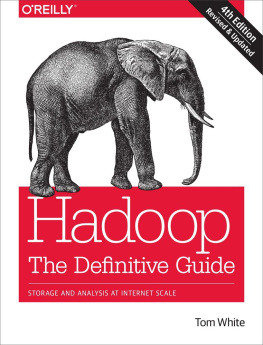

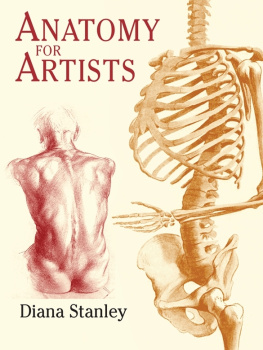
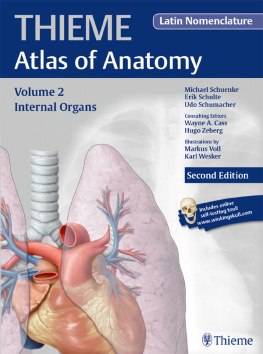
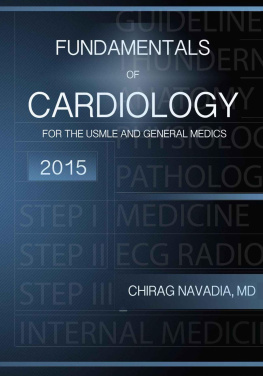
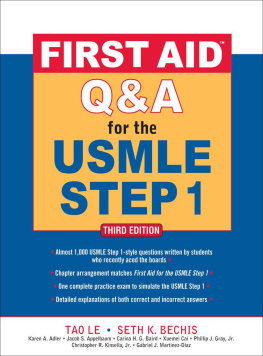
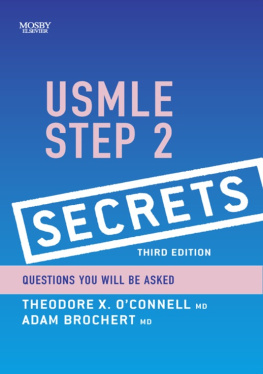


 Clinical Correlations: Link all topics to their clinical applications, promoting fuller understanding and memory retention.
Clinical Correlations: Link all topics to their clinical applications, promoting fuller understanding and memory retention. Clinical Problems: Give you valuable practice for the clinical vignette-based USMLE questions.
Clinical Problems: Give you valuable practice for the clinical vignette-based USMLE questions. Explanations of Answers: Are learning tools that allow you to pinpoint your strengths and weaknesses.
Explanations of Answers: Are learning tools that allow you to pinpoint your strengths and weaknesses.